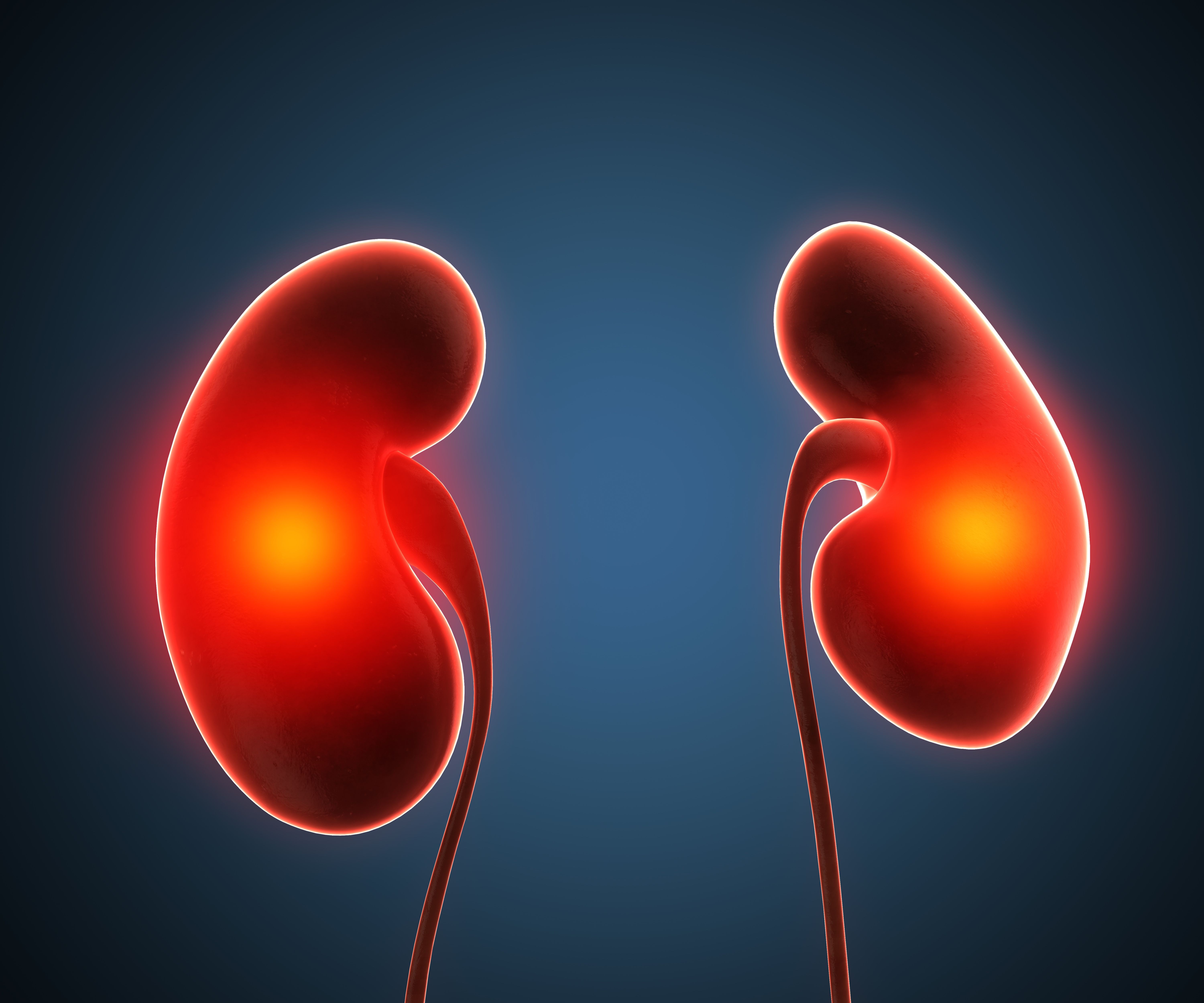News
Article
Increased Physical Activity Results in Skin Clearance Among Individuals with Psoriasis
Author(s):
These data suggest that physical activity interventions can lead to visible improvements in PASI scores after 20 weeks of implementation, as well as cardiometabolic improvements.
Credit: Pexels

Increasing physical activity leads to significant Psoriasis Area and Severity Index (PASI) improvements at 20 weeks, new findings suggest, with other improvements to psoriasis patients in psychological wellbeing, cardiometabolic disease status, and functional capacity.1
These conclusions resulted from new research which was led by Rory Sheppard, from the division of musculoskeletal and dermatological sciences at the University of Manchester School of Biological Sciences in the UK. They designed a psoriasis treatment intervention involving physical activity, hypothesizing this could have some therapeutic utility in the inflammatory condition’s management.
“Therefore, having identified that patients, because of their disease, are less likely to engage in physical activities and are restricted in accessing leisure facilities we sought to address this by designing a (physical activity) intervention in partnership with those with lived-experience as previously described,” Sheppard et al. wrote.2
Background and Design
The investigators conducted a single-center, 20-week prospective cohort study in which they recruited 19 participants that had Type 1 chronic plaque psoriasis and lived with or without psoriatic arthritis (PsA). Upon joining the research, trial participants were given a wrist-worn accelerometer as well as a hip-worn pedometer for the purpose of tracking physical activity levels for a single week before and during the study.
The 10-week intervention involved twice-per-week, hour-long walks in 3 greenspaces in Manchester led by a sports and exercise scientist. Two to 4 participants were involved in each session, with the interactions carefully organized to gradually raise levels from a sedentary baseline to a heart-healthy level of physical activity.
Each session also involved pre-activity stretching, warm-ups, and cool-down periods. An expenditure of energy of at least 500 MET-minutes per week was the goal within 4 weeks, and this level would then be maintained for the rest of the research team’s intervention. In weeks 11 - 20, subjects were instructed to take part in independent activities which they later recorded.
The research team’s assessments included a detailed clinical history and assessments of psoriatic disease. They used several measures such as the Dermatology Life Quality Index (DLQI), PASI, Psoriatic Arthritis Impact of Disease 12-item questionnaire (PsAID-12), Physician’s Global Assessment (PGA), and Routine Assessment of Patient Index Data 3 (RAPID3).
Additionally, the investigators looked at subjects’ psychological well being, cardiometabolic parameters, and their functional capacity at baseline, at the 10-week mark, and the 20-week mark.
Findings
A total of 16 individuals finished out the study. By 10 weeks, the research team reported that significant improvements to PASI scores were seen among 18.8% of the subjects (P = .01) and 50% of the cohort achieved a PASI-50 response by the 20-week mark (P = .001) compared to baseline.
The team found blood pressure among participants also dropped notably at the 10-week mark (systolic: −7.4 mmHg, P = .002; diastolic: −4.2 mmHg, P = .03) and this persisted the 20-week mark (systolic: −8.8 mmHg, P = .001; diastolic: 4.1 mmHg, P = .008). They also found a substantial decrease in DLQI occurred by the 20-week mark (P = .04), suggesting enhanced quality of life.
Significant pulse wave velocity reductions also occurred by the 20-week mark (P = .02) indicating cardiovascular health improvements. While a high prevalence of anxiety and depression was reported at the intervention’s onset, subjects were shown to have notable psychological wellbeing and functional capacity improvements by the study's end.
“Increasing (physical activity) constitutes a promising therapeutic intervention in the management of psoriasis, which may also facilitate personalised therapy regimens or targeted adjunctive therapy for patients demonstrating incomplete response to standard therapy,” they wrote. “Evaluation of our intervention in a clinical trial would help determine clinical utility and establish (physical activity) guidelines for patients with psoriasis.”
References
- Sheppard R, Gan WK, Onambele-Pearson GL, Young HS. Increased physical activity promotes skin clearance, improves cardiovascular and psychological health, and increases functional capacity in patients with psoriasis. Skin Health Dis. 2024;e426. https://doi.org/10.1002/ski2.426.
- Sheppard R, Gan WK, Onambele-Pearson GL, Young HS. Developing an aerobic exercise intervention for patients with psoriasis to support lifestyle behaviour change and improve health outcomes. Clin Exp Dermatol. 2023; 48: 5–11.





